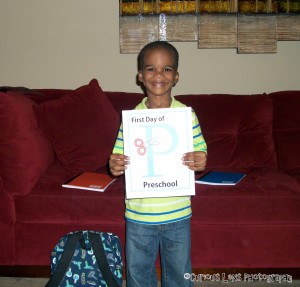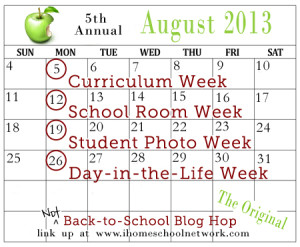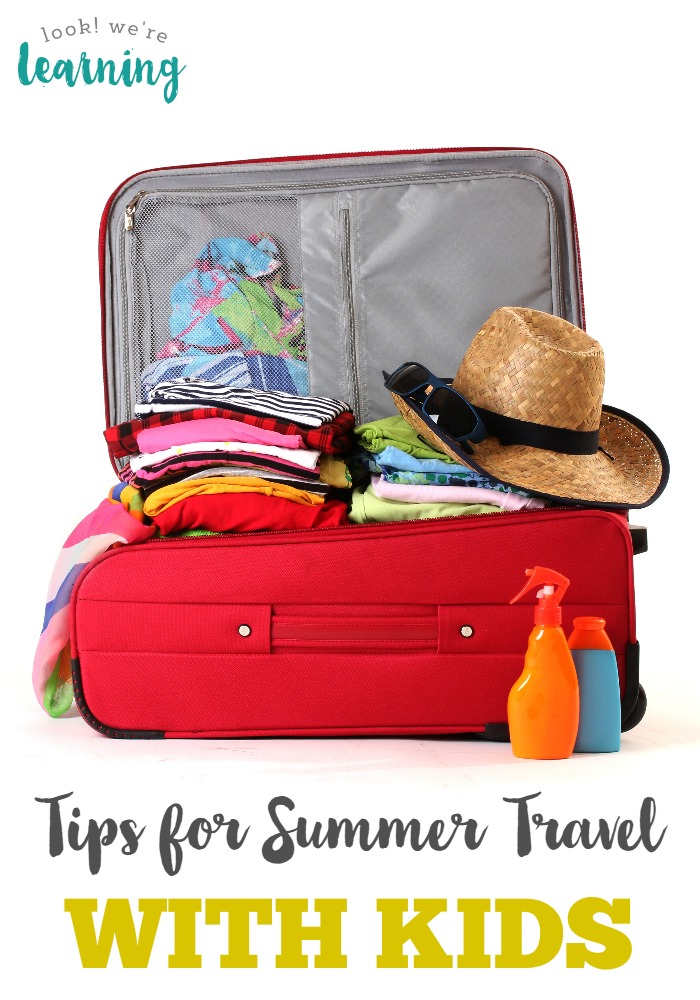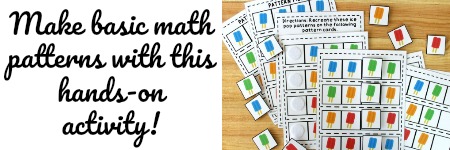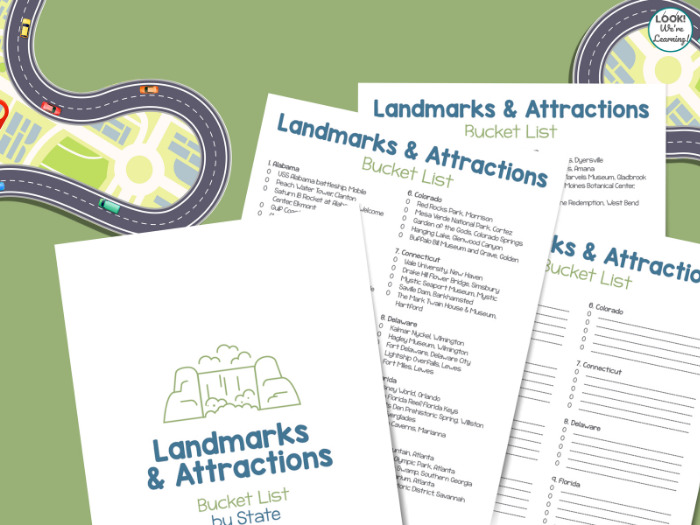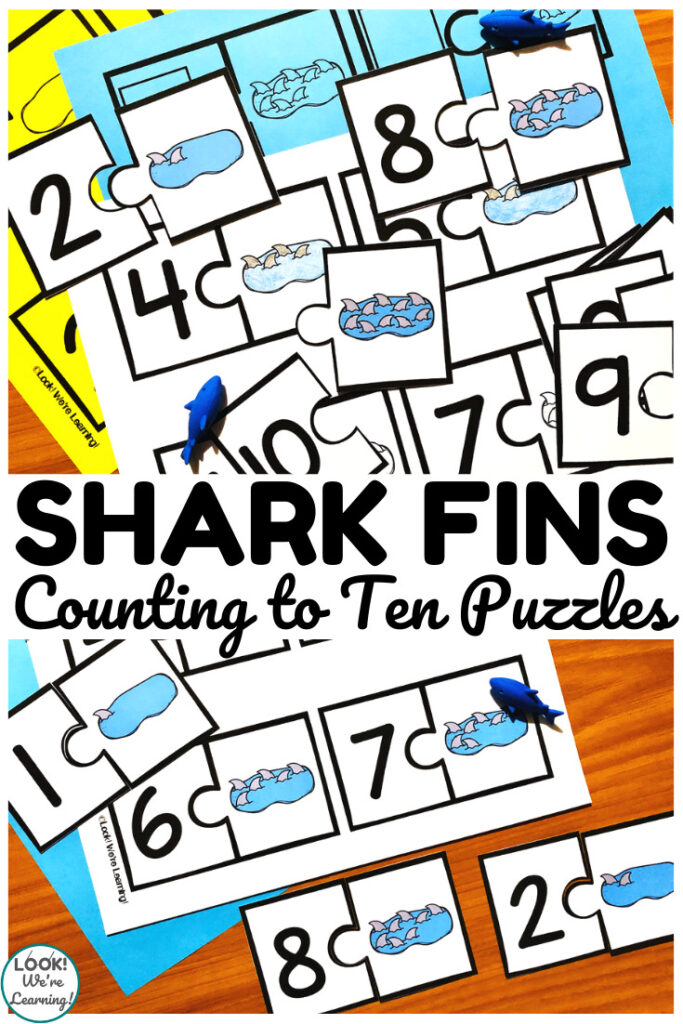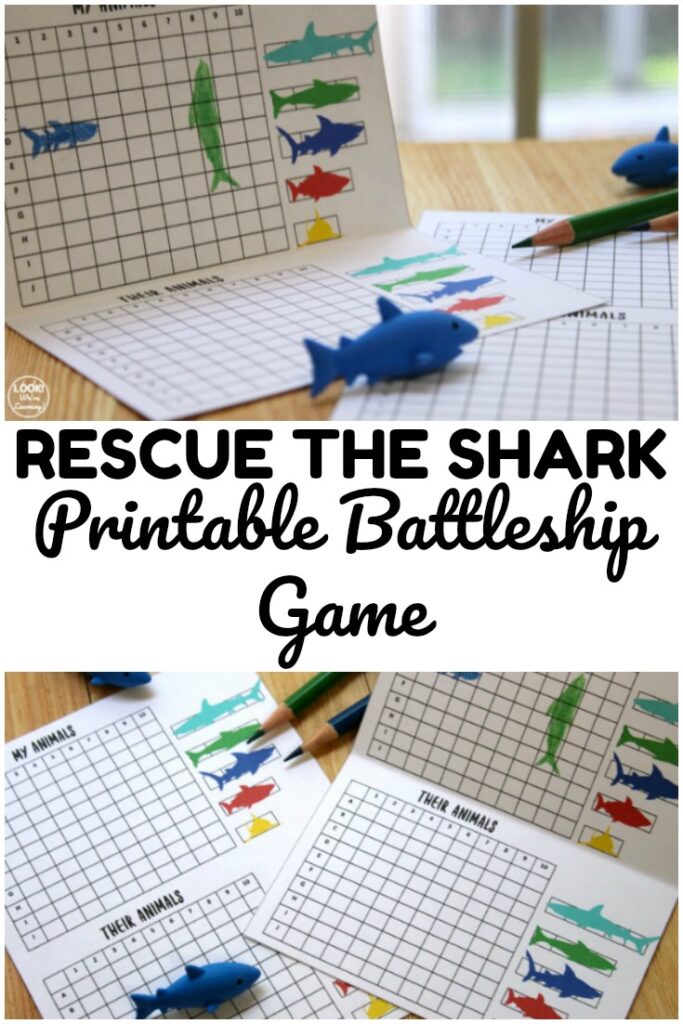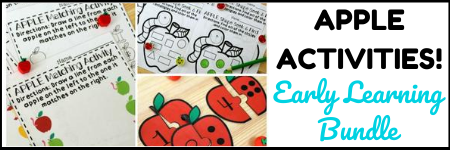Hi everyone! Thanks for stopping by to see us again! Today we’re sharing some of our must-have homeschooling items for teaching several children.
As you well know, we have four kids – three of whom are homeschooling now. To make lesson planning and teaching easier, we make charts for key concepts in a specific grade level and then we use those as the basis for our lessons.
Since Tigger is dealing with ADHD, we’ve found that using anchor charts helps her to pay attention, grasp key concepts, and remember them.
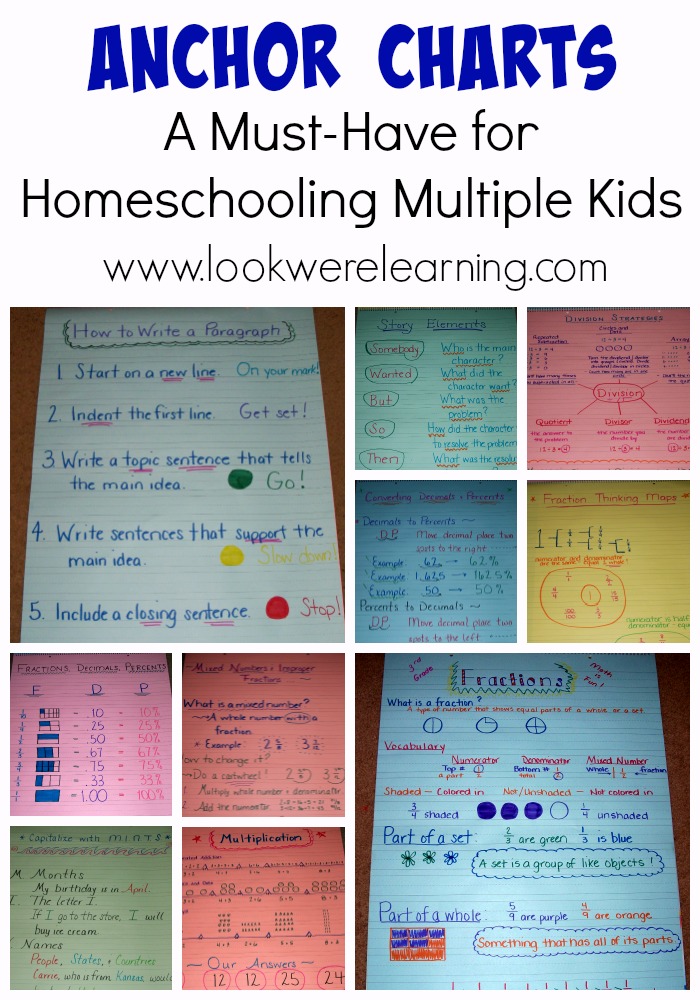
Homeschool Must Haves: Anchor Charts
One of the best advantages of using anchor charts is that they are very economical for teaching several children. We can make a series of anchor charts for Tigger’s grade level and then save them for our younger kids as they get older. That way, we can just reuse the same charts again and save lots of time on lesson planning!
(We’ve shared our experiences in using anchor charts for multiplication and rounding previously.)
Here are a few of the anchor charts we’ve used or plan to use with our kids:
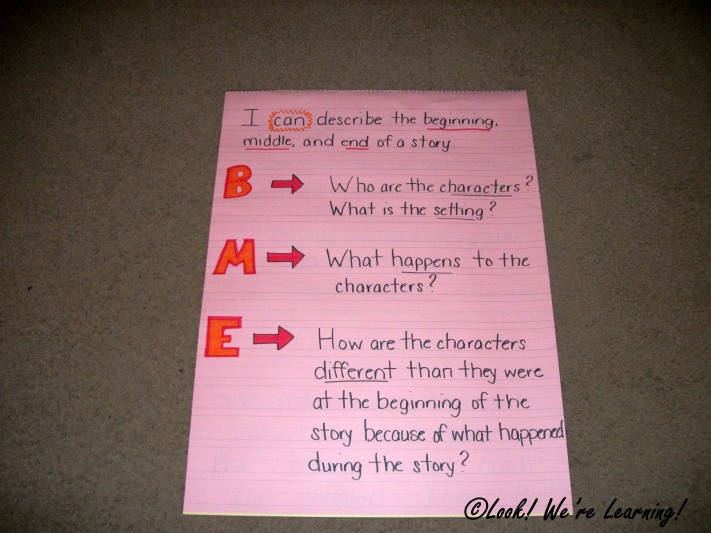

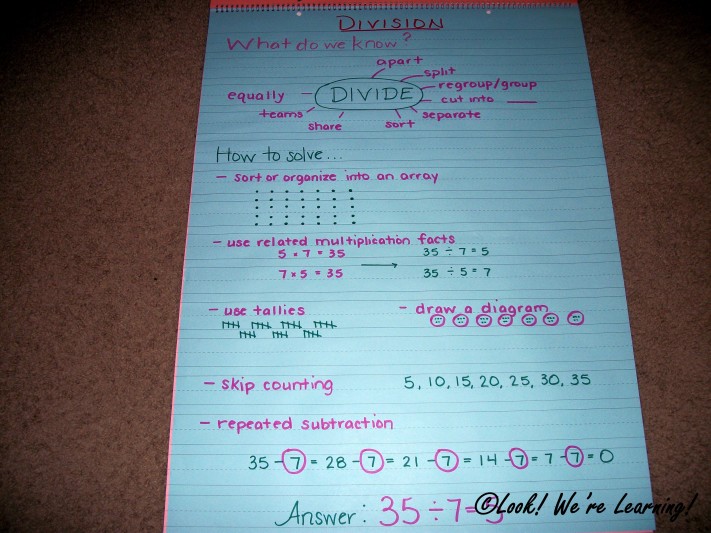
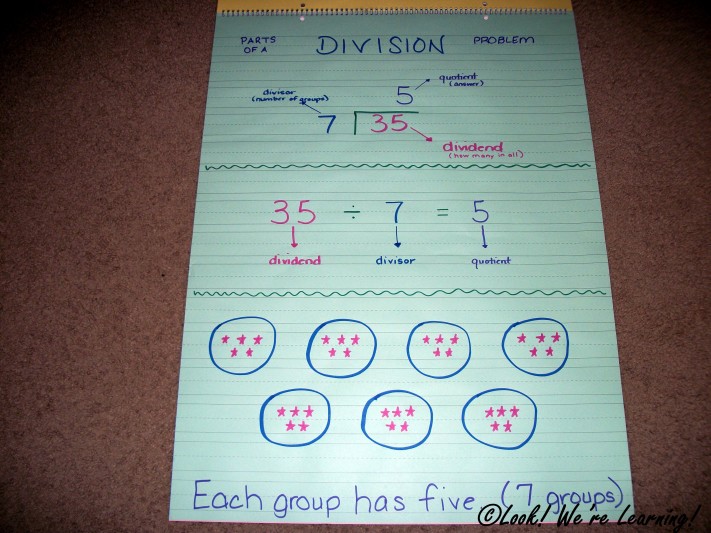
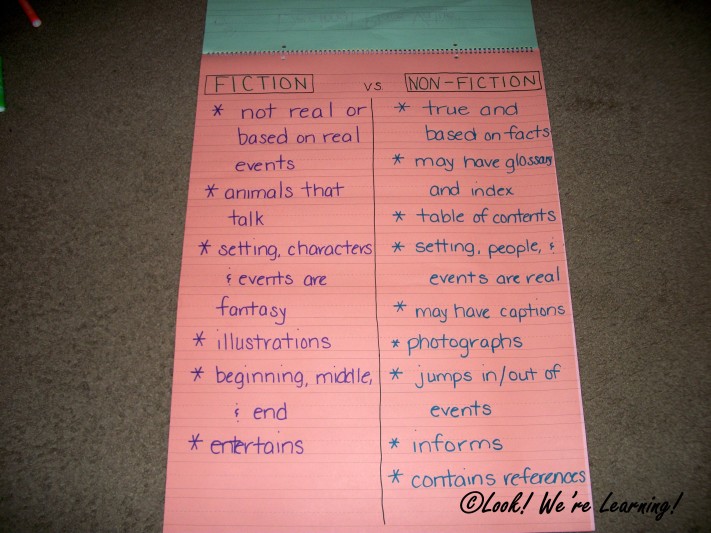
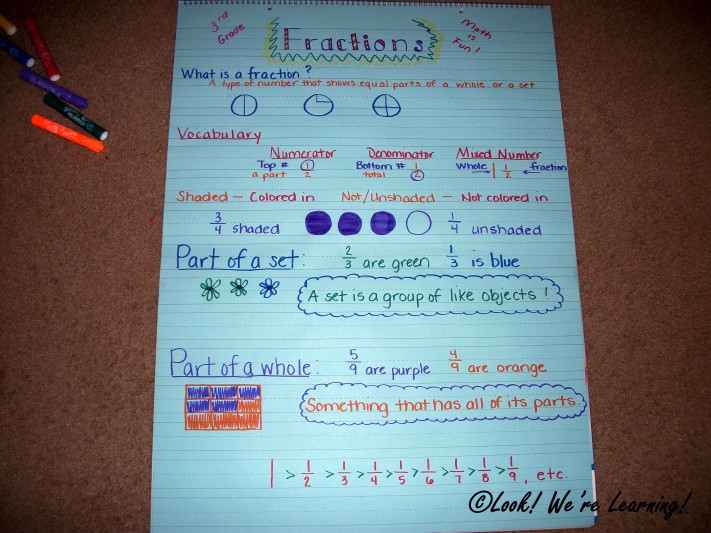
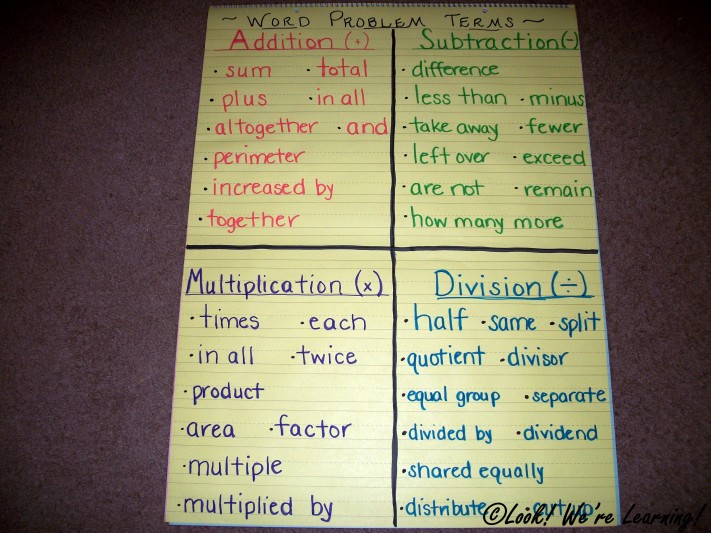
Before you heap praise on me for these, I have to tell you that I got all of these ideas from anchor charts I saw on Pinterest. If you’d like to see some of the charts we’ve especially liked, follow our Anchor Chart Ideas board!
To learn more about why we like anchor charts and how we use them in our homeschool, check out our YouTube video below!
Pacon 74733 Colored Chart Tablets, Ruled, Spiralbound, 24″ x 32″, Assorted Colors
Sanford Mr. Sketch Assorted Scent Markers 12 Pack
This post is part of the Must Have Homeschooling Items linkup from iHomeschoolNetwork! Click on over to read about the must have homeschooling items of our fellow bloggers!
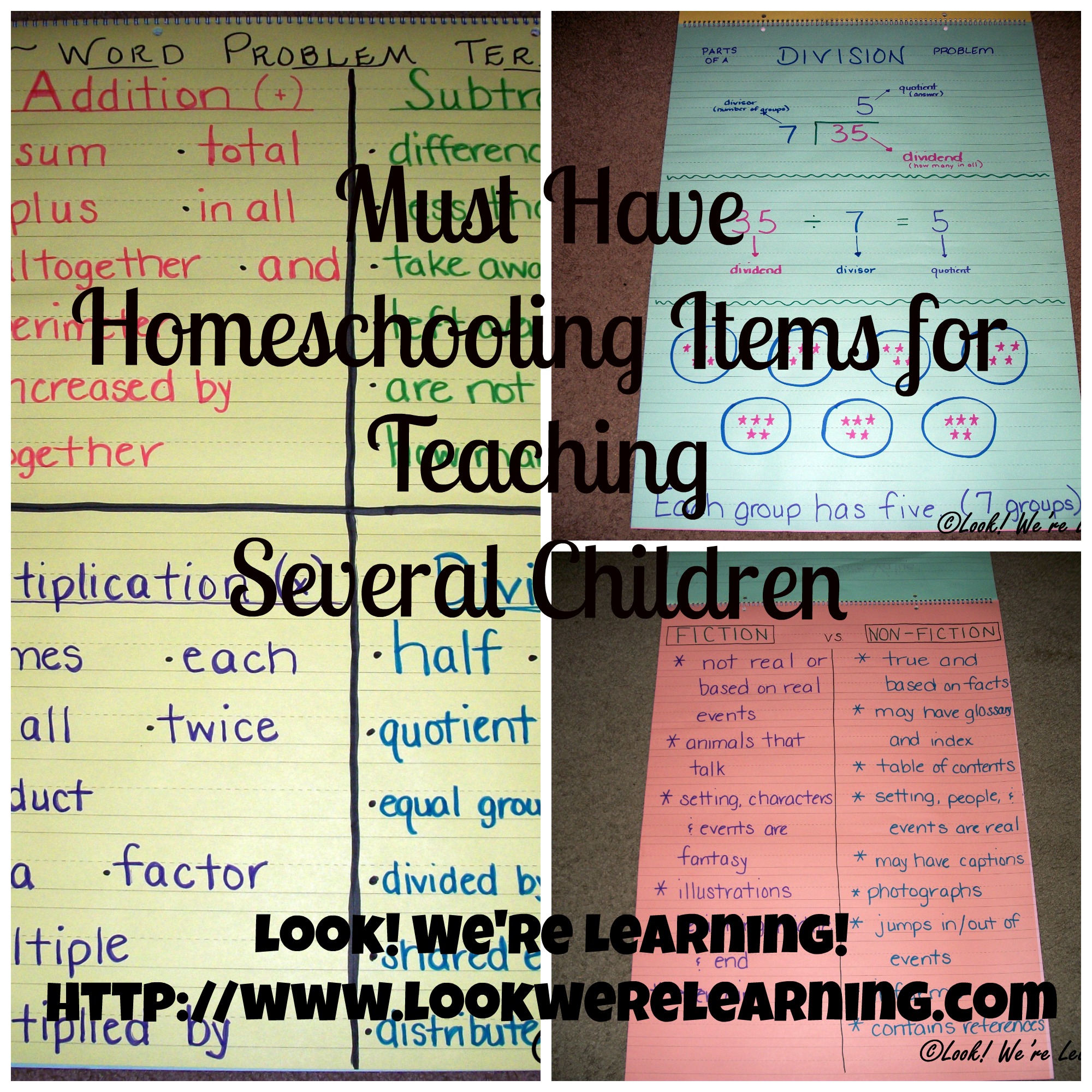


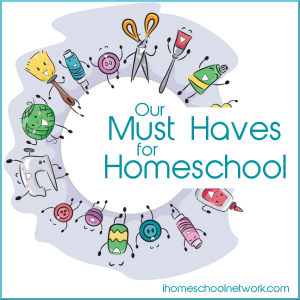


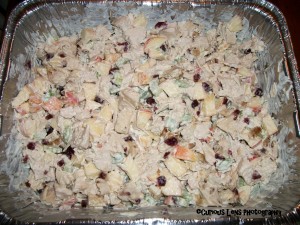





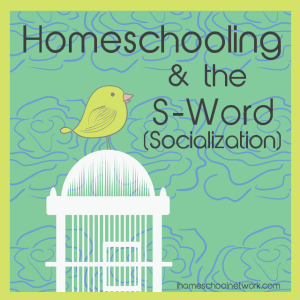

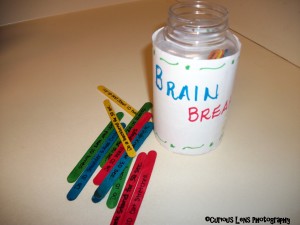
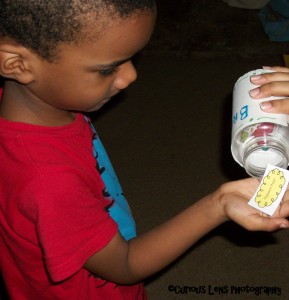
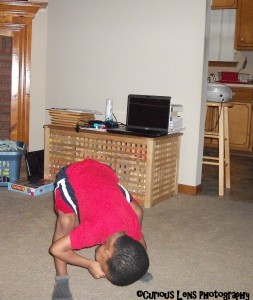


 He and Tigger loved racing one another with beanbags on their heads! At first, Roo got frustrated because he kept looking down, which naturally made him lose his beanbag. Eventually, he got the hang of it.
He and Tigger loved racing one another with beanbags on their heads! At first, Roo got frustrated because he kept looking down, which naturally made him lose his beanbag. Eventually, he got the hang of it.

 Back to school means first day of school pictures! I still find it hard to believe that these kids are big enough for 3rd grade, kindergarten, and pre-K, but they are!
Back to school means first day of school pictures! I still find it hard to believe that these kids are big enough for 3rd grade, kindergarten, and pre-K, but they are! We printed these adorable
We printed these adorable 